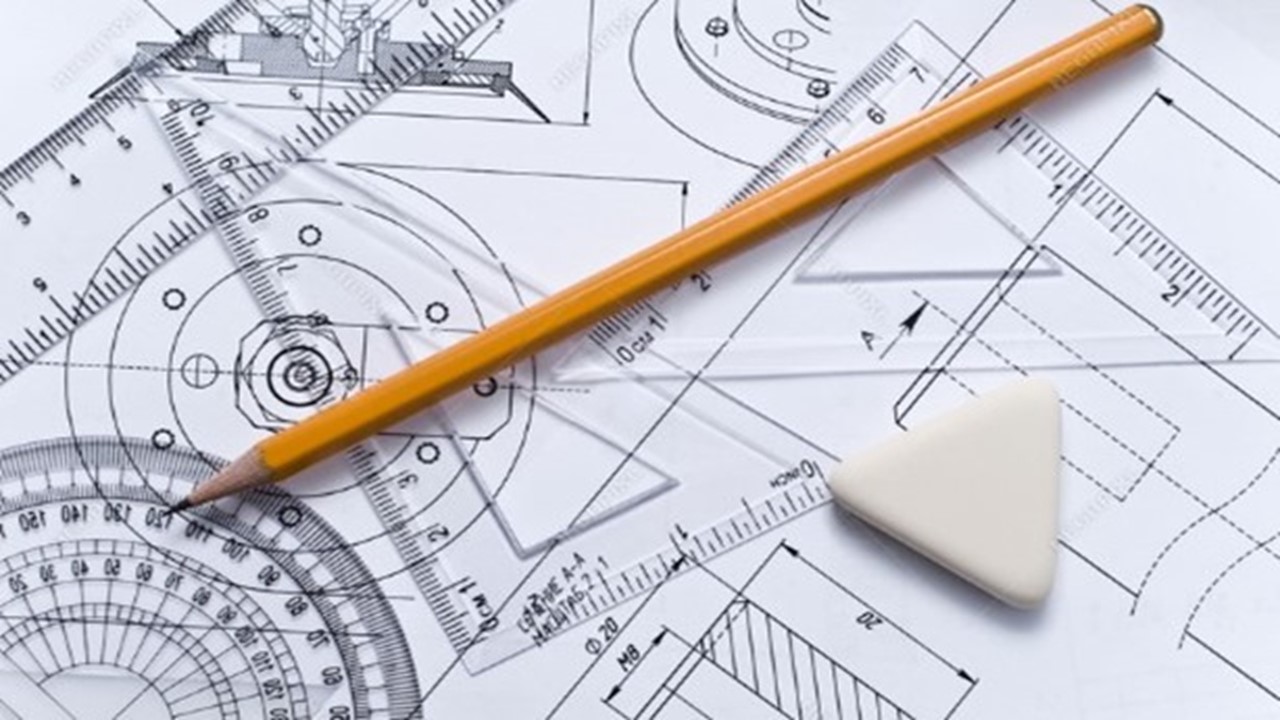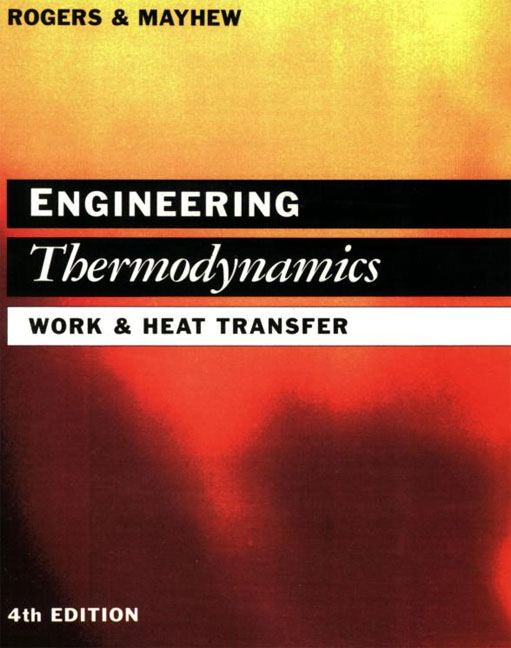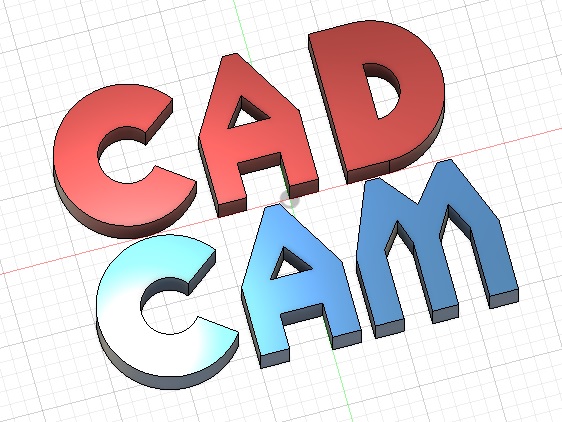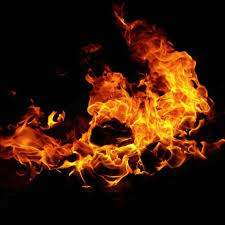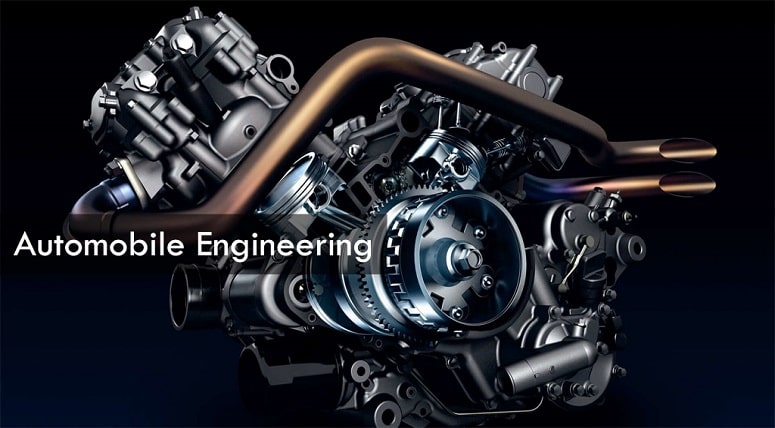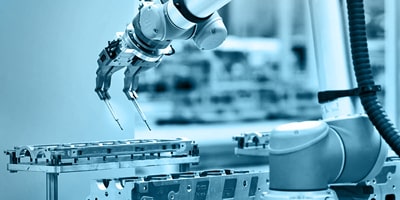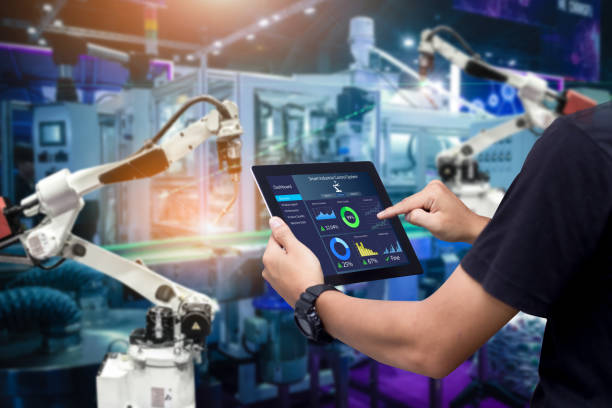Search results: 360
Mobile application development is the process of creating software applications that run on a mobile device, and a typical mobile application utilizes a network connection to work with remote computing resources.

- Teacher: Tina Victoria A
- Teacher: Dr. S. Jancy
- Teacher: sageengrana s
This course deals with the various social network media and their effectiveness. It also make analysis of various networks and their effectiveness in communication.
- Teacher: Anu Disney D
- Teacher: Urmela S
- Teacher: HEMANANDH J
- Teacher: Kanimozhi B
Mechanical engineering plays a dominant role in enhancing safety, economic vitality, enjoyment and overall quality of life throughout the world. Mechanical engineers are concerned with the principles of force, energy and motion. Mechanical engineering is a diverse subject that derives its breadth from the need to design and manufacture everything from small individual parts and devices (e.g. microscale sensors and inkjet printer nozzles) to large systems (e.g. spacecraft and machine tools).
The role of a mechanical engineer is to take a product from an idea to the marketplace. In order to accomplish this, a broad range of skills are needed. Since these skills are required for virtually everything that is made, mechanical engineering is perhaps the broadest and most diverse of engineering disciplines.

- Teacher: ARUNKUMAR G
To understand the concept and basic mechanics of metal cutting, working of standard machine tools such as
lathe, shaping and allied machines, milling, drilling and allied machines, grinding and allied machines and
broaching.
To understand the basic concepts of Computer Numerical Control (CNC) of machine tools and CNC
Programming.
- Teacher: ARUNKUMAR G
- Teacher: Sangeetha M
COURSE OBJECTIVES
To discuss the concepts of compressible and Incompressible fluids.
To understand Mach number variation on area ratio.
To impart in depth knowledge on the flow characteristics through constant area duct.
UNIT 1 FUNDAMENTALS OF COMPRESSIBLE FLUID FLOW 9 Hrs.
Concept of compressible flow, Energy and momentum equations, various regions of flow, fluid velocity, stagnation state, velocity of sound, critical states, Mach number, critical mach number, Crocco number, types of waves, mach cone, mach angle, effect of mach number on compressibility.
UNIT 2 FLOW THROUGH VARIABLE AREA DUCTS 9 Hrs.
Isentropic flow through variable area duct, T-S and h-s diagrams for nozzle and diffuser flows, area ratio as a function of Mach number, Mass flow rate through nozzles and diffusers, effect of friction in flow through nozzles.
UNIT 3 FANNO FLOW AND RAYLEIGH FLOW 9 Hrs.
Flow in constant area duct with friction - Fanno curves, and Fanno Flow equations, variation of flow properties, variation of Mach number with duct length. Flow in constant area duct with heat transfer, Rayleigh line and Rayleigh flow equations, variation of flow properties, maximum heat transfer.
UNIT 4 NORMAL SHOCK AND OBLIQUE SHOCKS 9 Hrs.
Governing equations, variation of flow parameters, static pressure, static temperature, density, stagnation pressure, entropy across normal shock and oblique shocks. Normal shocks - stationary and moving, applications. Prandtl Meyer equation, impossibility of shock in sub-sonic flows, flow in convergent and divergent nozzles with shock, Flows with oblique shock.
UNIT 5 JET AND SPACE PROPULSION 9 Hrs.
Aircraft propulsion, types and working of jet engines - energy transfer in jet engines, thrust, thrust power, propulsive and overall efficiencies, thrust augmentations in turbo jet engines, ram jet and pulse jet engines. Rocket propulsion, types of rocket engines, Liquid and solid fuel rocket engines, Introduction to Electrical and Nuclear rockets-Space Flights, Orbital and escape velocity.
COURSE OUTCOMES
On completion of the course, students will be able to
CO1 - Recall the fundamental concepts of compressible fluid flow.
CO2 - Demonstrate the significance of mach number on compressibility.
CO3 - Differentiate isothermal flow and isentropic flow.
CO4 - Apply the concept of normal shocks to different turbo machines.
CO5 - Estimate the heat transfer in flow through constant area ducts.
CO6 - Calculate the propulsive power in jet engines.
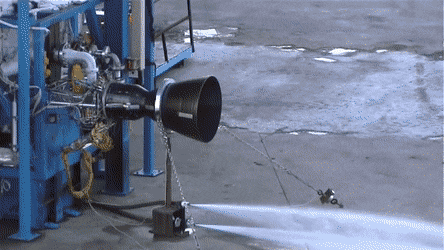
- Teacher: SENTHILKUMAR G
- Teacher: VENKATESAN S P
- Teacher: LAKSHMI SANKAR S
- Teacher: Bupesh Raja V.K
COURSE OBJECTIVES
To understand the underlying principles of operation of different IC engines and components.To provide knowledge on emission formation, control, alternate fuel etc.
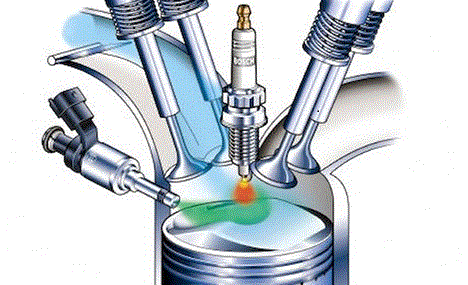
- Teacher: Senthilkumar J
COURSE OBJECTIVES
To understand the underlying principles of operation of different IC engines and components.To provide knowledge on emission formation, control, alternate fuel etc.

- Teacher: HEMANANDH J
- Teacher: JAYAPRABAKAR J

